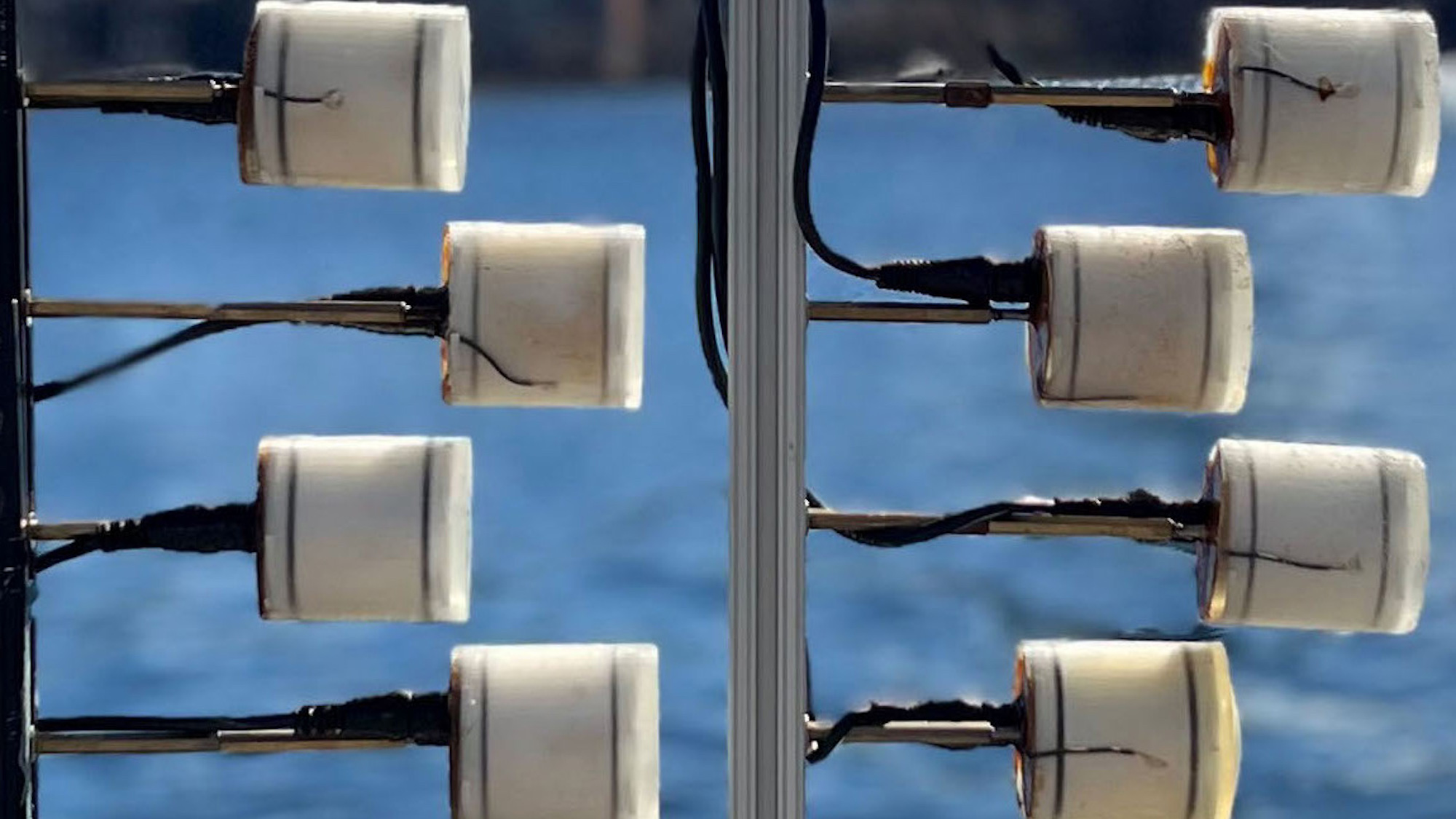

Researchers at MIT have designed a new underwater communication system that employs 70-year-old technology while also requiring one-millionth the energy needed for existing arrays. Not only that, but the team’s design allows for transmissions that can travel 15 times farther than current devices.
“What started as a very exciting intellectual idea a few years ago—underwater communication with a million times lower power—is now practical and realistic,” Fadel Adib, director of MIT Media Lab’s Signal Kinetics group and an associate professor of electrical engineering and computer science, said in a September 6 announcement. “There are still a few interesting technical challenges to address, but there is a clear path from where we are now to deployment.”
The key to their long-range, efficient Van Atta Acoustic Backscatter (VAB) can be found within the system’s name. As The Register explains, Van Atta arrays, first designed over seven decades ago, are composed of connected nodes capable of both triangulating and reflecting signals back towards their source instead of simply reflecting them outwards in all directions. This makes them not only more efficient, but capable of making much farther transmissions.
[Related: Why the EU wants to build an underwater cable in the Black Sea.]
Backscattering, meanwhile, refers to what occurs when signals such as sound waves reflect back to their point of origin. The phenomenon underpins technology such as ultrasounds, as well as mapping sea floors. Configure Van Attay arrays to boost backscattering capabilities, and you get the MIT team’s new VAB technology.
“We are creating a new ocean technology and propelling it into the realm of the things we have been doing for 6G cellular networks,” Adib said, via MIT’s announcement. “For us, it is very rewarding because we are starting to see this now very close to reality.”
With additional refinement and experimentation, researchers hope their VAB will soon be able to “map the pulse of the ocean,” reports Interesting Engineering. According to one of the team’s forthcoming studies, installing underwater VAB networks could help continuously measure a variety of oceanic datasets such as pressure, CO2, and temperature to refine climate change modeling, as well as analyze the efficacy of certain carbon capture technologies.
“Our design introduces multiple innovations across the networking stack, which enable it to overcome unique challenges that arise from the electro-mechanical properties of underwater backscatter and the challenging nature of low-power underwater acoustic channels,” reads a portion of one of their studies’ abstracts. “By realizing hundreds of meters of range in underwater backscatter, [we present] the first practical system capable of coastal monitoring applications.”